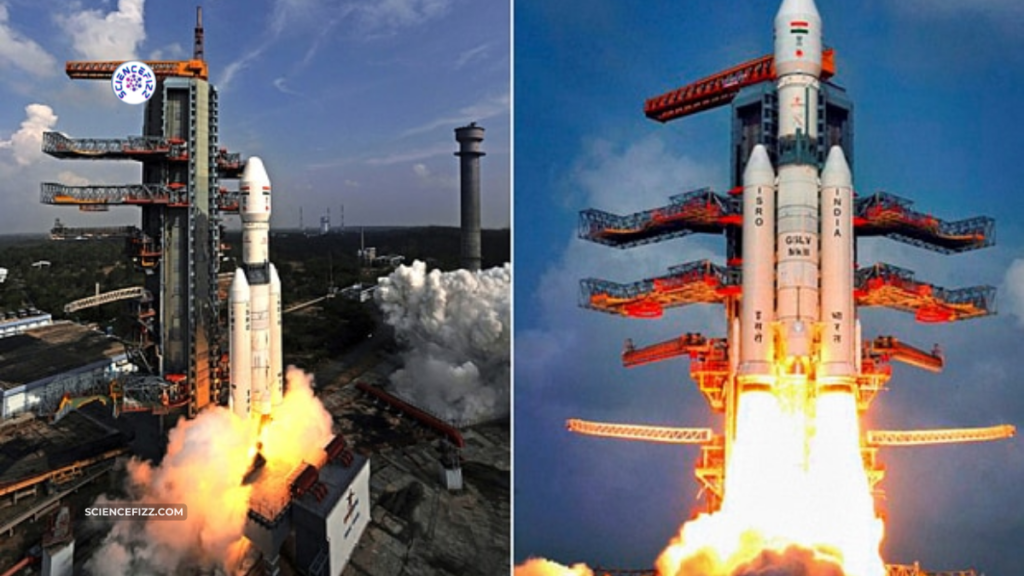From launching satellites for other countries to developing its own technologies, India’s space program has achieved incredible feats in a very short period.
India’s space program and ISRO have come a long way since its beginning in the 1960s.
India has made impressive steps in the space industry, from launching satellites for other countries to developing its own satellites & technologies and reaching revolutionary heights.
In this article, we will explore the impressive journey of India’s space program, from its humble beginnings to its latest & amazing achievements.
India’s Space Program: Journey & Procedures
The Indian space story was started in the 1960s, in a little-known fishing rural region called Thumba, in the southern Indian state of Kerala.
The first rocket was launched from here, marking the beginning of India’s journey into space.
Over the years, India has built & launched several powerful and extensive Standard Operating Procedures (SOPs) for its space program.
The Indian Space Research Organization (ISRO) has developed excellent protocols for every stage of space exploration.
Commercial Satellite Launches
ISRO has led successful milestones not just for India but also for other countries by launching satellites for them. ISRO has launched satellites for 34 countries, earning a revenue of ₹2,285 crore ($279 million) to date.
India has also massively increased the payload capacity of its rockets. It made it possible to launch heavier payloads into space. This has put India in a competitive position among major space organizations around the world.
India has also developed commercial satellite launch facilities, making it a major player in the satellite launch market.
ISRO’s launch vehicles are always cost-effective and reliable, making them an attractive choice for countries looking to launch their own satellites.
Reusable Launch Vehicle (RLV)
In April 2022, India achieved a huge milestone for its space sector when the Reusable Launch Vehicle (RLV) successfully landed.
The technique adopted to launch the vehicle was “first in the world”. A winged body was carried by helicopter to an altitude of 4.5 km and released for an autonomous landing on the runway.
This breakthrough has brought India closer to the dream of its own space plane and sustainable space exploration.
Participation of Private Entities
The opening up of India’s space economy to private participation in all phases of activities has ushered in an era of growth, innovation, and accelerated investment in the sector.
With this reform, the government has enabled Non-Government Entities (NGEs) to run independent space activities, opened up ISRO’s infrastructure and facilities for private companies, and inspired young talent to come up with innovations.
Low Earth Orbit Achievement
ISRO’s Launch Vehicle Mark III successfully placed 36 satellites of OneWeb, an Indian-owned UK-based company, completing the first generation Low Earth Orbit constellation.
This achievement has further solidified India’s position in the space industry.
Conclusion: Most Successful Space Organization
India’s ISRO has proved itself as one of the most successful space organizations in the world along with the success of Mangalyaan, Chandrayaan, and upcoming Aditya L1, Gaganyaan, and more others.
India’s space program has outperformed its rivals in terms of tech and competence, compelling space players around the world to look to India for assistance.
With its low cost, sustainable space exploration will be possible – SpaceX now has a rival.
There is no doubt that India’s space program has come a long way along with ISRO, however, there is still a long way to go.
India is working hard with honesty towards developing its own space plane and sustainable space exploration, with an optimistic and futuristic vision.
The country’s efforts have made it part of an elite space club, and experts say that this Indian step will soon prove to be a game-changer.
